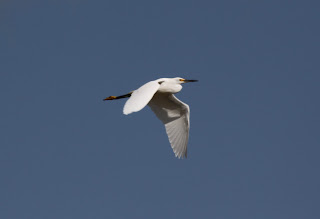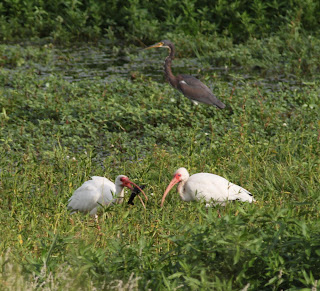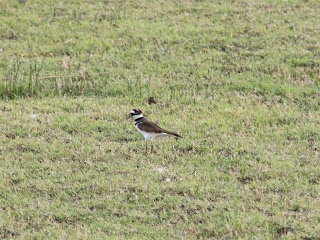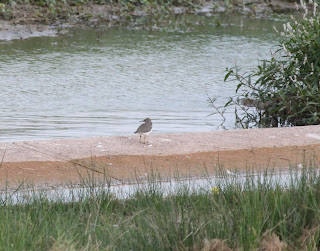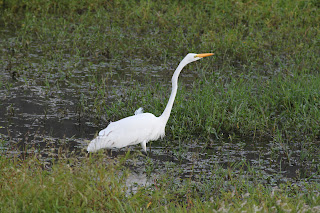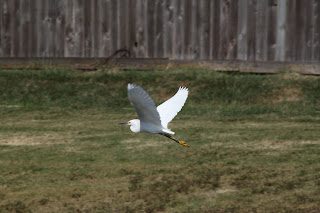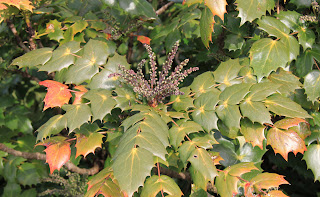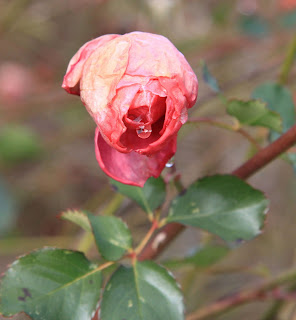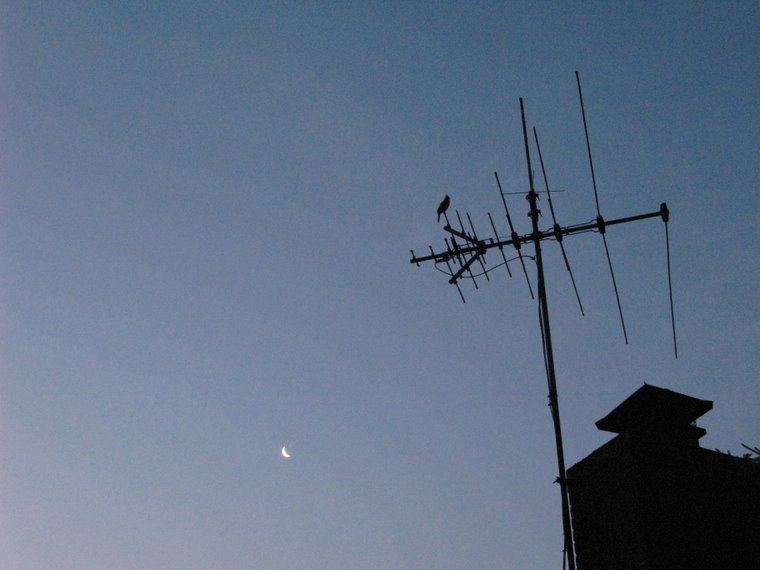So we drove to Greenbrier State Park just outside of Boonsboro, Md., off of US Rt 40, the old National Pike. It was a nice day for November: low 50's at the height of the day with winds along the ridge and little wind down below. Link to description of the features of the Greenbrier State Park
The Visitor Center had just opened, and we were able to talk to the ranger there about the trails and pick up a map. We started the trip hiking up the steep Bartram Hill Trail connector to the A-Trail. The Bartram is well blazed but completely filled with leaves, which hid the trail.
From this sign, we could see that we were somewhere close to the middle of the A-Trail. 40 miles of it runs through Md.
 | ||||||||
| My sister Amy |
 |
| View of covered path over I-70 |
The general area we were hiking on was generally called South Mountain.
The National Road crossed over I-70 and also provided an alternate trail head to begin the hike:
The trail is wide and well maintained. We encountered several Boy Scout groups and a number of families. A number of happy dogs were also out and about. The most interesting one was a young pit bull, who carried an 8' log in her mouth as she went up the trail. At her owner's request, she willingly dropped it as she approached us.
When we got to Annapolis Rock, several people were setting up their ropes to repel down.
 |
| Nice view of the rock out croppings |
A mile beyond Annapolis Rock to the north, we came to Black Rock. This was a great place to have our lunch.
After lunch, we hiked back to our car without a break, traveling just over 4.5 miles in two hours. Going south was mostly downhill, so it was easier.
Next spring we are thinking about hiking from Gathland State Park just to the south to Weverton Cliffs, a setting just prior to descending down to Harper's Ferry, WV.







